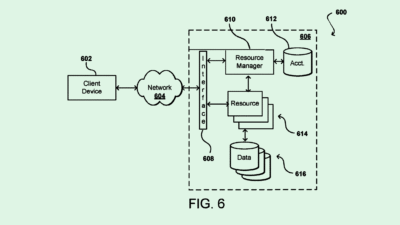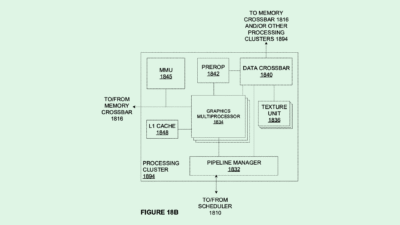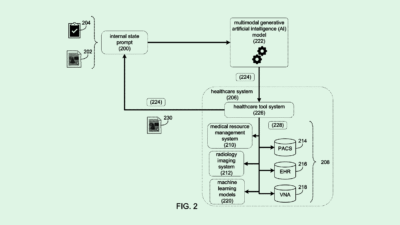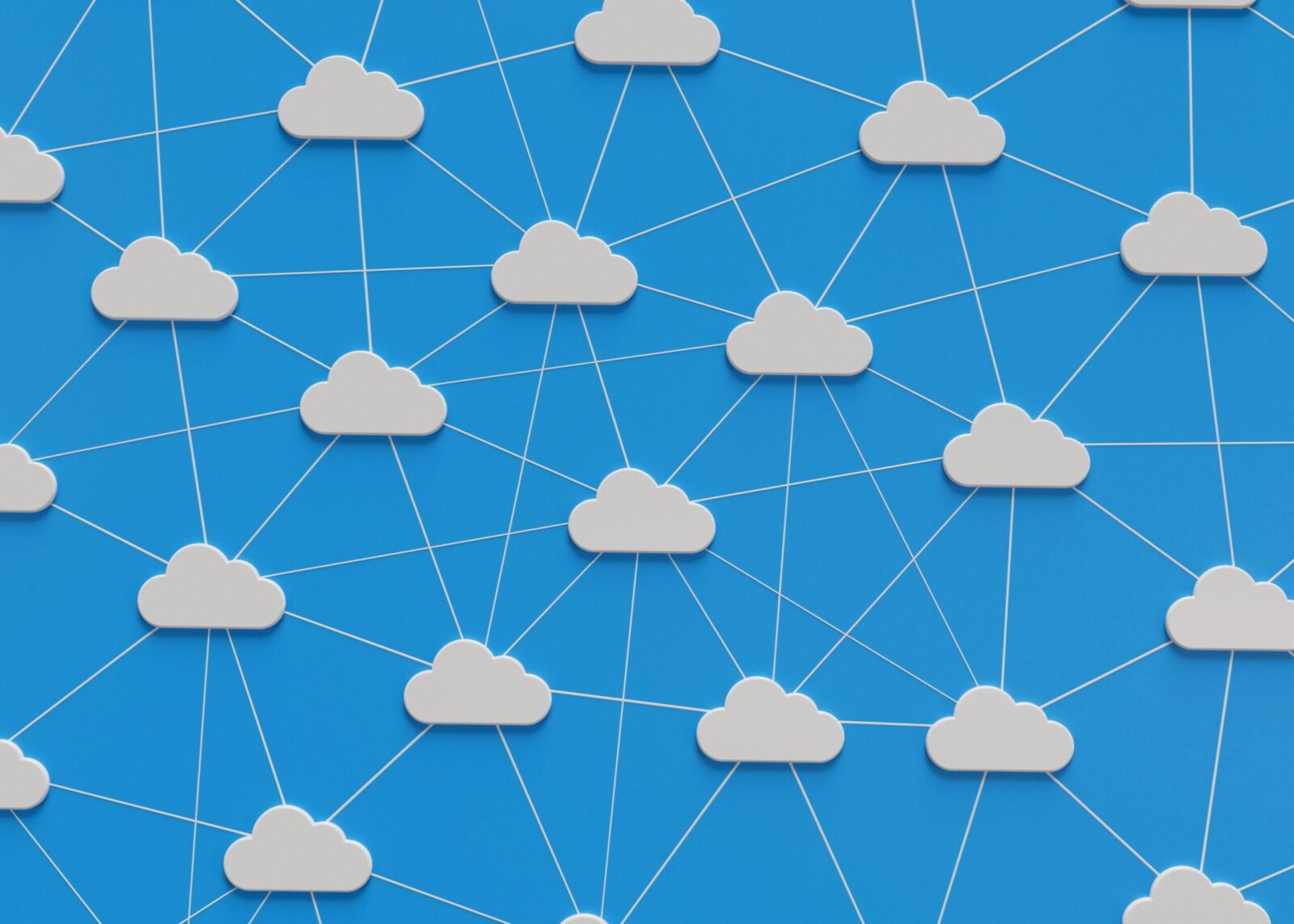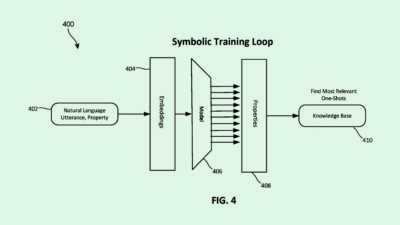Microsoft Patent Automates Cloud Error Fixes
Cybersecurity has long been Microsoft’s bread and butter.
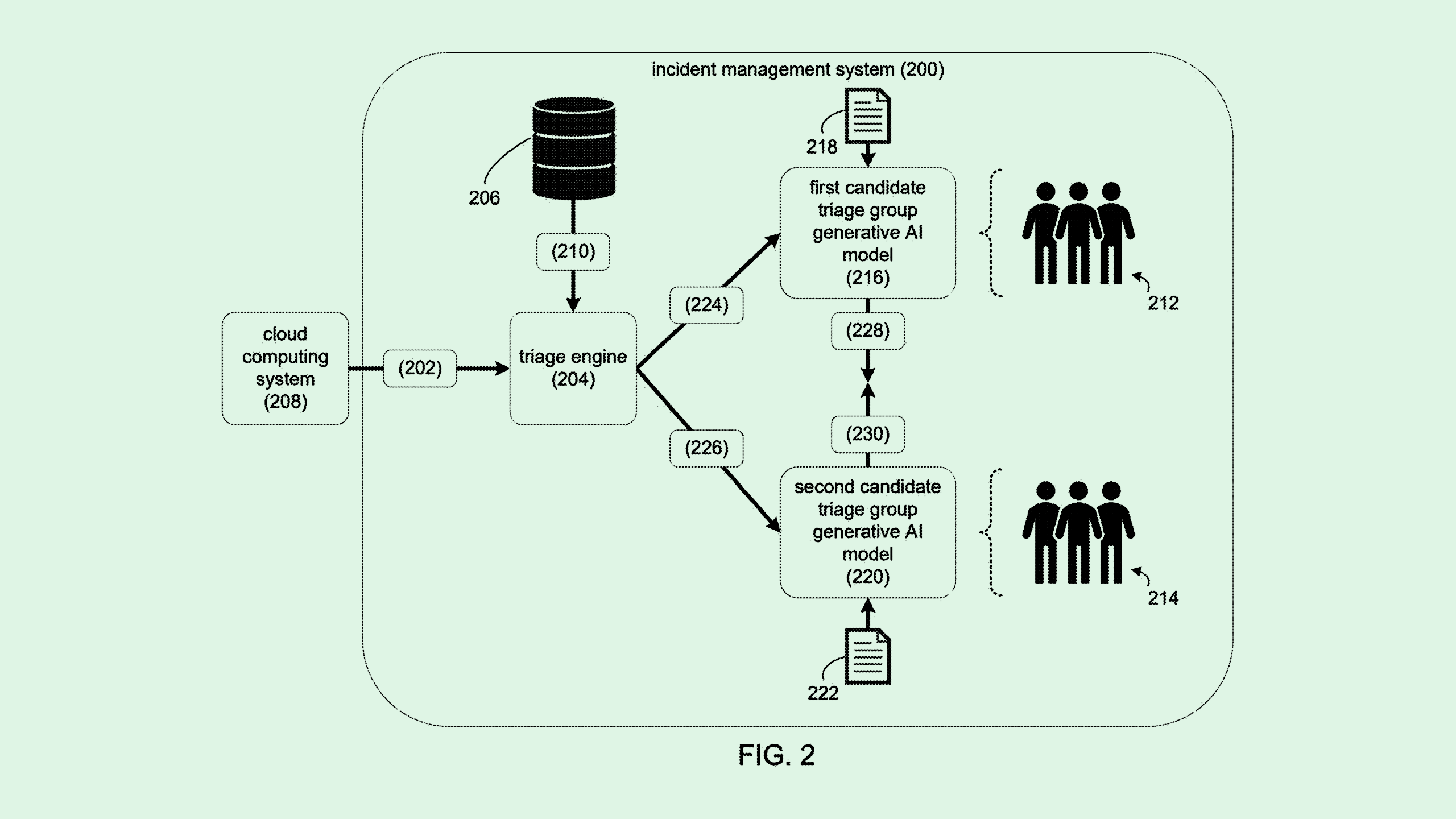
Sign up to get cutting-edge insights and deep dives into innovation and technology trends impacting CIOs and IT leaders.
Microsoft wants to keep things running smoothly in the cloud.
The company is seeking to patent a system for “automated incident triage” in cloud computing environments using generative AI to automatically track, route and handle any errors.
“Conventional approaches leverage general machine learning models to aid in triage and diagnosis,” the patent notes. “However, the performance of these approaches is limited due to a lack of domain knowledge in general machine learning models from various triage teams.”
Cloud “incidents” come in many forms that can undermine the health, performance and security of a cloud system, including bugs, outages, service errors and vulnerabilities. When an incident is detected, a triage engine will sort it into the right category to troubleshoot it properly.
Each potential category has its own dedicated generative AI model trained on past data to properly handle such incidents. The models digest information related to the incident and make recommendations on which team should tackle it.
Cybersecurity has long been Microsoft’s bread and butter. The company’s patent history includes tech to weed out anomalies in cloud environments, prevent AI “jailbreaks” and evaluate data health. It’s only natural that security extends to Azure, which has become one of the company’s biggest moneymakers as AI drives up demand.
In the most recent quarter, the company’s cloud unit made $42.4 billion, up 20% from the previous year’s quarter. Azure holds 22% of global cloud market share, according to CRN, second only to Amazon Web Services.
But its security oversight extends only so far: Earlier this month, hackers exploited a vulnerability in Microsoft’s SharePoint document management software, creating a breach impacting organizations worldwide. Microsoft said that hackers are targeting clients running SharePoint services from on-premise networks rather than services hosted by the company itself.
That underscores the stakes for enterprises weighing whether to repatriate their data and systems to on-premise servers, rather than storing them with cloud hyperscalers: The relative security capabilities of each option should be evaluated carefully.

